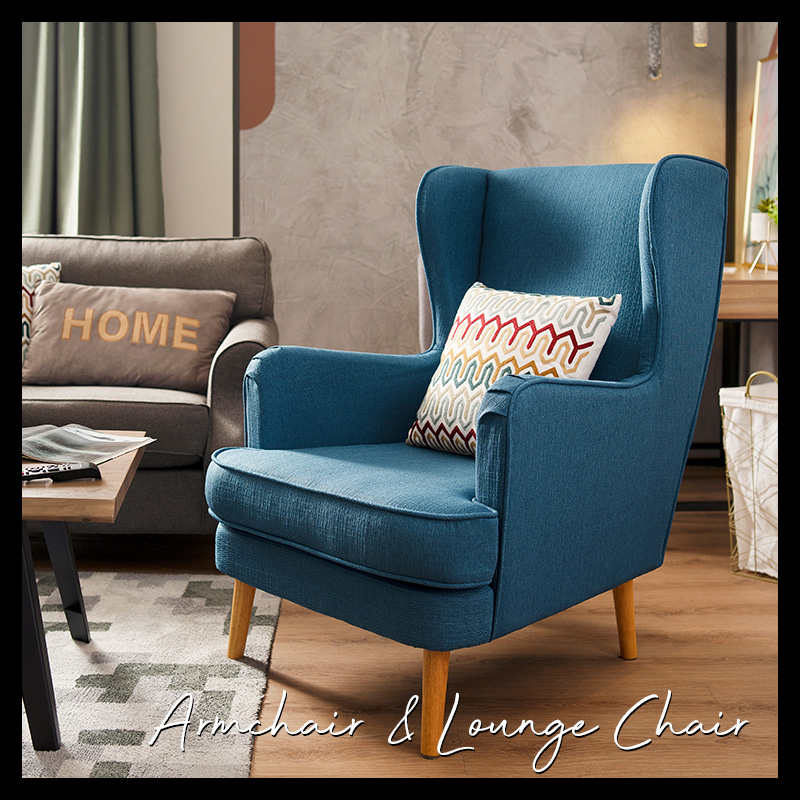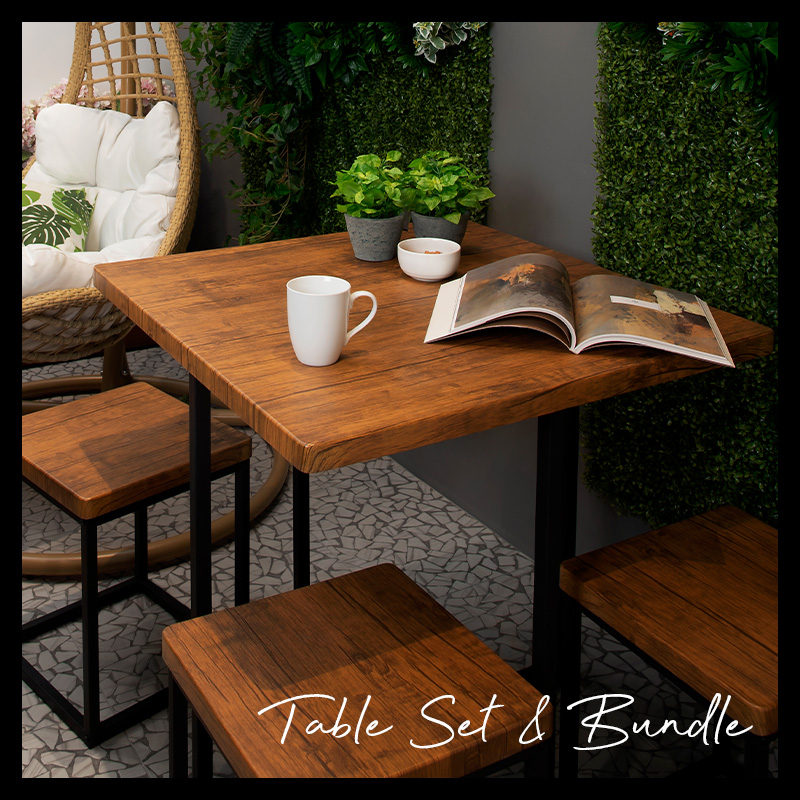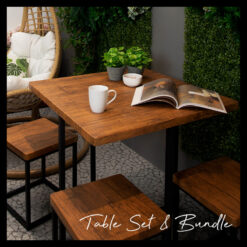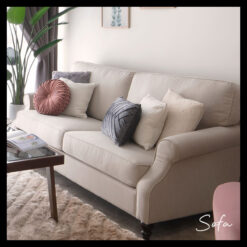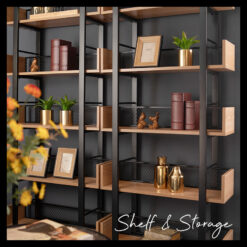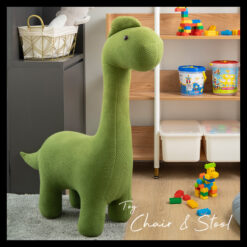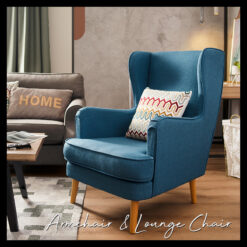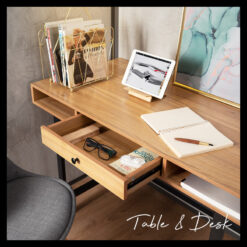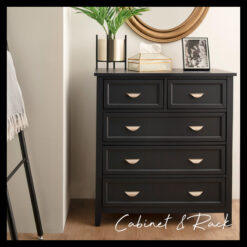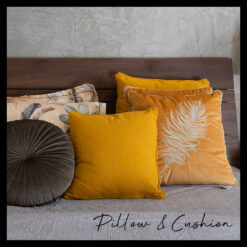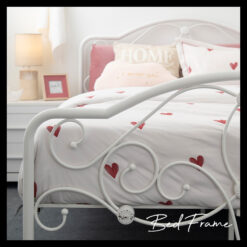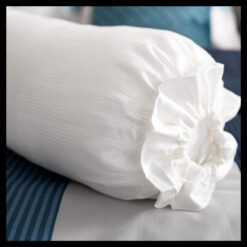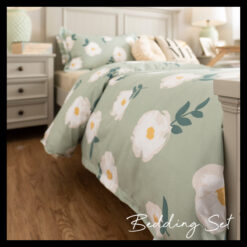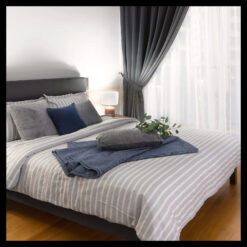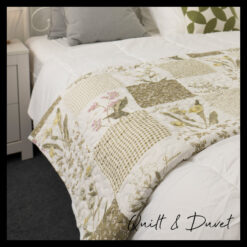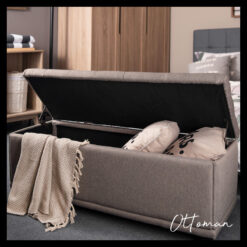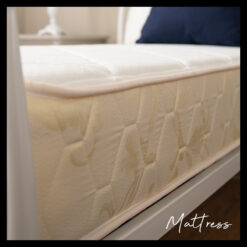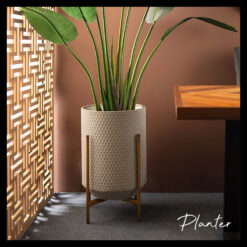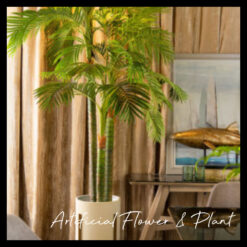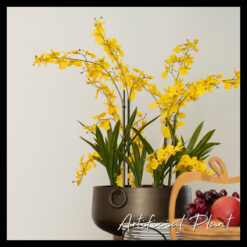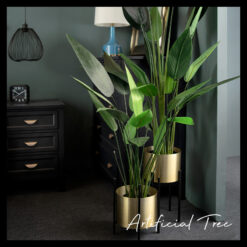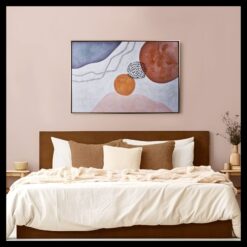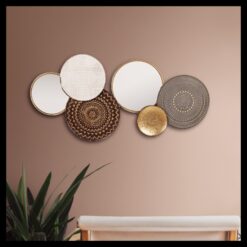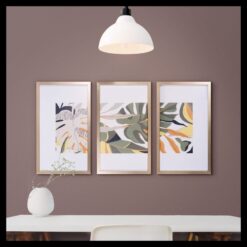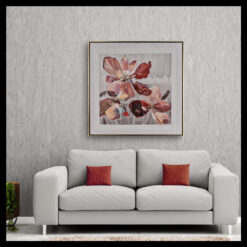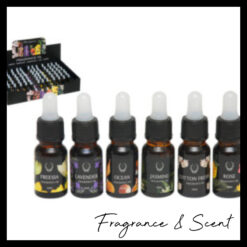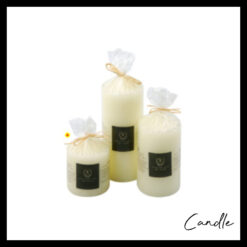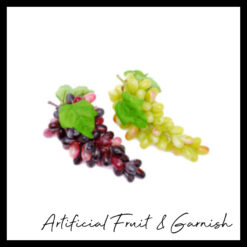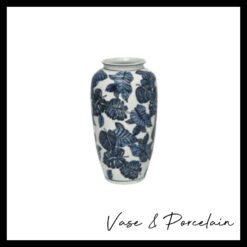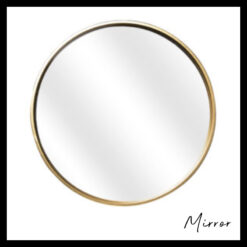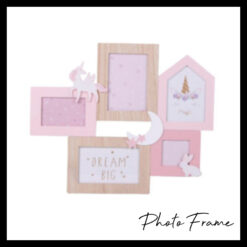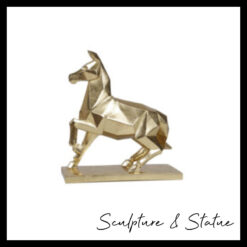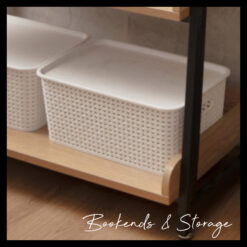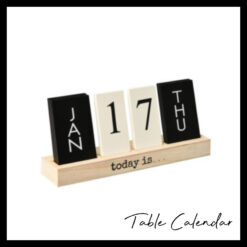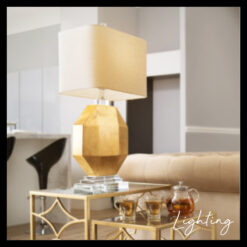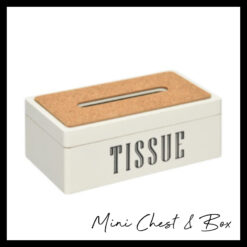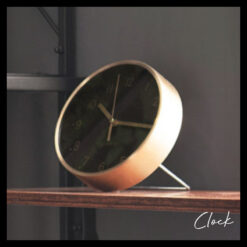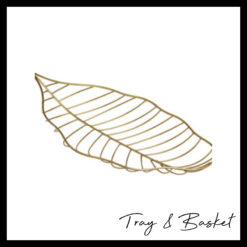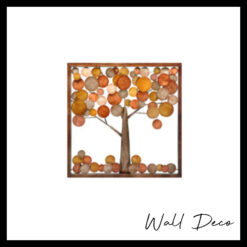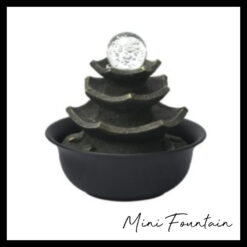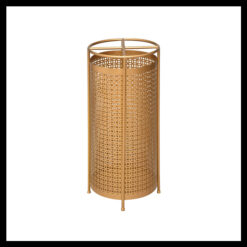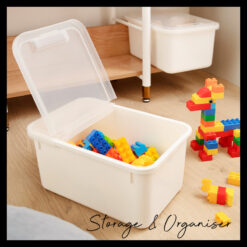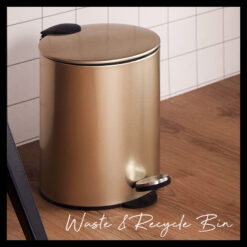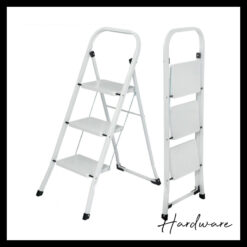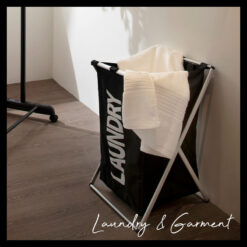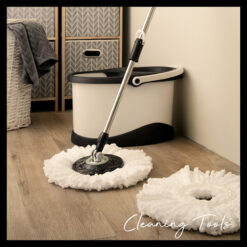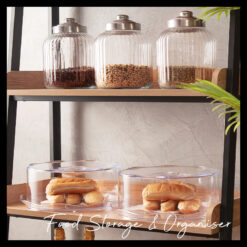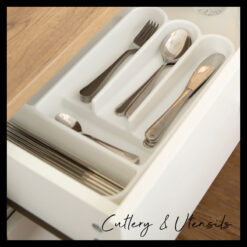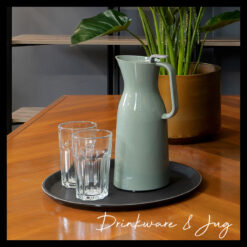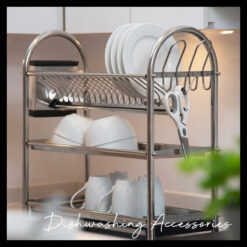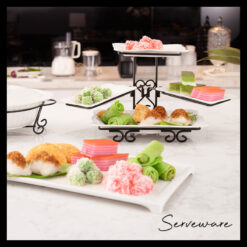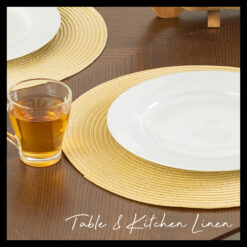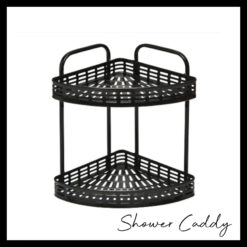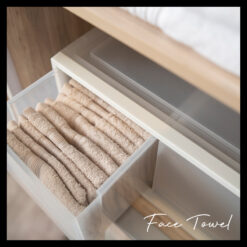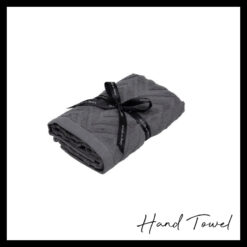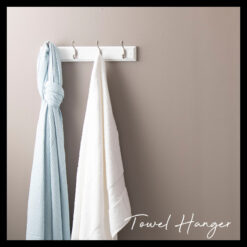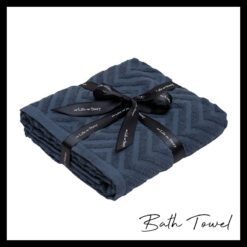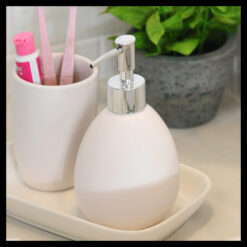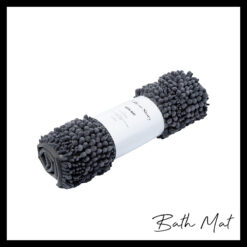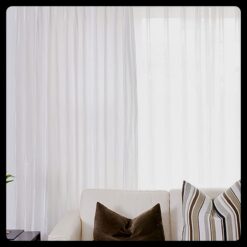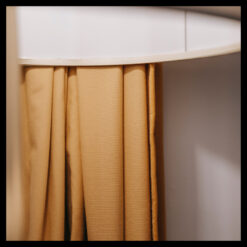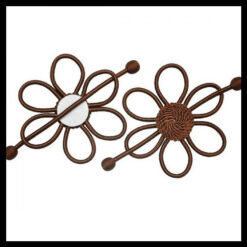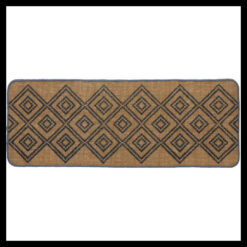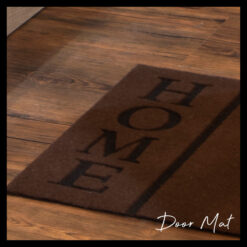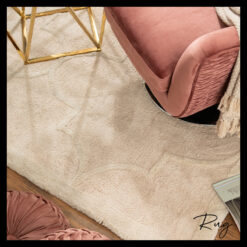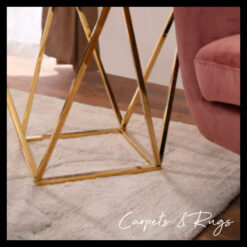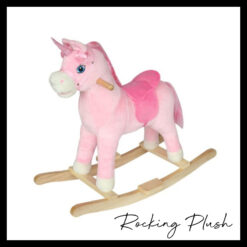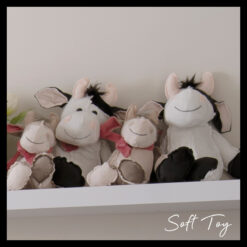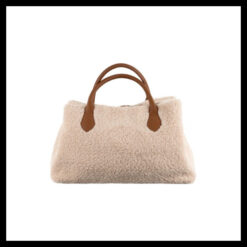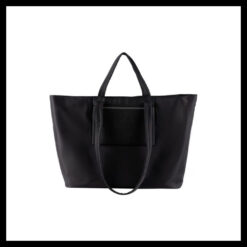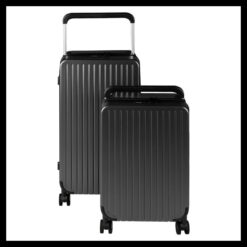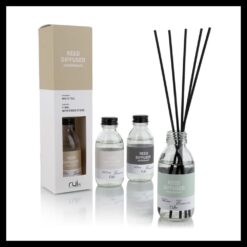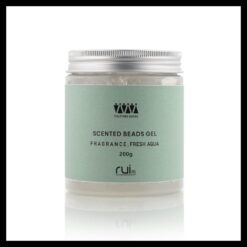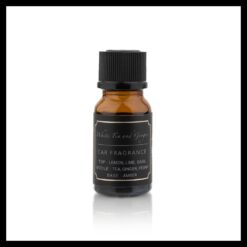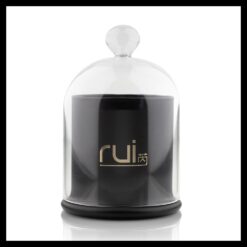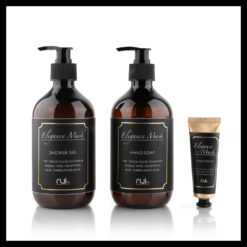No products in the cart.
Lifestyle
How to Care For Leather and Faux Leather Furniture
Can you tell genuine leather and faux leather apart? While the authenticity and genuine qualities of leather may feel like the better option of the two, but when one master the art of leather care, they’re not always distinguishable on the surface. Here are a few tips on caring for your leather:


Genuine leather: Finished or unfinished leather? / Protected or unprotected leather?
Love the scent, buttery touch, and the natural imperfections of full-grain leather? Check if your leather furniture is protected with coating on its surface!
- Protected or pigmented leather is perfect in rooms with high-foot traffic. It protects your sofas from spills!
-
Unprotected leather is divided into semi-aniline and pure aniline-dyed leather. While semi-aniline looks the most natural of all leather and is more durable between the two, both leathers are not resistant to spills and stains. Both are, however, softer to the touch compared to protected leather.
How genuine is your leather furniture?
The definition of what genuine leather is has, unfortunately, been lost with time. In loose terms, something made of ‘genuine leather’ can be a piece that is composed of scraps of genuine leather!


Leather by grade:
Highest grade: Full grain leather – the epitome of high-end leather. The beauty of natural grains and imperfections are not lost in full grain leather. Left untouched, the material’s durability and longevity is well worth the price tag it incurs!
Perfect in every sense of the word, top grain leather lacks the natural imperfections that full-grain leather has. The downside to corrected leather? The material can feel a little man-made with its sanded and buffed surface. It requires a little more maintenance as the leather can crack without proper care due to its inability to absorb oil.
No hide is left to waste with split-grain leather which is made from the bottom layer of a hide that has been split into two; the top layer is used to produce top-grain leather. Split-grain leather is frequently used for upholstering sofas and as a soft lining in bags and shoes. However, “waterproofing” is required as the material is not resistant to moisture.
-
Suedes are made from split leather.
-
Bicast leather is made using split leather, and is considered a byproduct of leather.
What is genuine leather if it isn’t actually made out of real leather? Genuine leather is actually made from scraps of leftover leather. Quality-wise, it could be the poorest among all real leather products!
Bonded leather is also known as reconstituted leather. Bonded by glue, an undisclosed amount of shredded genuine leather from manufacturers or tanneries is made into pulp and applied onto fibre or on PU before receiving a polyurethane coating. The material is dyed, spray painted, and embossed for texture to look like full or top grain leather.


Faux leather falls under two categories:
Polyvinyl Chloride (PVC or Vinyl)
Like genuine leather, Polyvinyl Chloride (PVC or Vinyl) cracks with time! Its waterproof feature makes it the perfect cover for all your electronic devices.
Care: In the event of staining, blot, don’t rub.Use a soft brush to apply either a vinyl cleaner, baking soda, or dishwashing liquid to get rid of stains in a gentle circular motion. Let it settle for a few minutes prior to removing the dirt with a towel. Coat the surface with a vinyl protection to protect your upholstery from dust and even UV radiation!
Note: Do not use oil, as it hardens upholstery!
Polyurethane (PU)
Soft and supple, Polyurethane (PU) mimics the look and feel of genuine leather and is also the greener option of the two. It’s more expensive than Vinyl, but it doesn’t crack or peel and is less costly than real leather.
Care: Get rid of grime by wiping down the surface of your sofa with a damp towel. Be sure to rise your towel and wipe down the piece again to prevent chemical soap or detergent build up. Finally, wipe away the moisture with a dry towel.


Leather care basics:
Here are a few basic care tips you can use for maintaining both genuine and faux leather.
The Wipe Down: Everybody sweats, which means your leather furniture has seen its fair share of perspiration! Leather, like your skin, has pores that absorb dirt, grime, and even body oil! Accumulated, it can change the tone and colour of your furniture, as well as cause permanent discoloration.
Do: Use the right cloth, detergents, and polish for the respective types of leather.


Cleaning tip for protected leather: Even if your leather furniture is protected, spills need to be attended to immediately.
Oil-based stains: With patience, you can remove oil-based stains from your leather sofas using only talcum powder and a dry microfibre cloth. Leave the affected area covered with the powder to sit overnight before wiping it away with your cloth!
Do: Use a leather degreaser for absorbent, unprotected leather!
Water-based stains: A wet cloth dampened with distilled water should suffice for a water-based spill. Try blotting out and cleaning the affected areas with a dry cloth.
Cleaning tip for unprotected leather: Be as gentle as possible when cleaning aniline leather. Give it a good dusting using a clean dry cloth or vacuum it regularly with a soft brush attachment!
Tip: Don’t forget to leave spot-treated areas to dry!
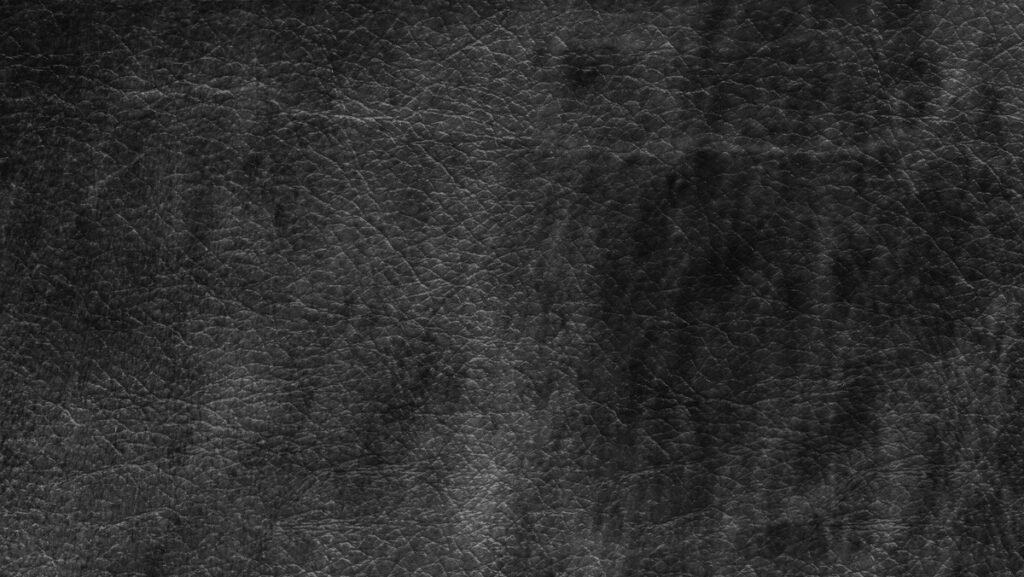



Leather care 1#: Prevent cracks and peels!
Genuine leather: If it isn’t a wine stain you’re getting rid of, try using a leather cleaner or a cloth dampened with white vinegar to remove dark stains instead of a 100% water solution.
-
Water, vinegar, sunlight, and air conditioning are all causes of cracked leather! These elements dry out your leather, resulting in cracks!
-
Avoid leaving water streaks on your leather upholstery during regular wipe downs. Instead, use vinegar, and follow up with a leather conditioner.
-
Place your leather furniture away from the air conditioner.
-
It doesn’t hurt to draw the curtains to protect your eather sofas from the harsh Malaysian sunlight.
- Don’t forget to invest in a dehumidifier to balance out the humidity levels in your home. A home that is overly humid will facilitate the growth of mould, but a lack of moisture can also reduce leather to a brittle state.
Faux leather: Faux leather peels as opposed to cracking. You’ll find the material stuck onto your clothes. Use special leather conditioner to retain its suppleness!


Leather care 2#: Keeping it natural.
Genuine leather: You can buff or polish your leather upholstery for a natural shine, but don’t go brewing your own cleaning concoction out of hair spray to get rid of stains! Make sure you get the right kind of cleaning and polishing solution to avoid ruining your genuine leather pieces!
Faux leather: It may come as a surprise to some, but faux leather is as delicate as genuine leather. It’s vulnerable to stains, peels, discolouration, and more! Faux leather has its own plastic coating which can be destroyed if attacked with homemade stain-removing remedies. Gentle detergents are preferable.

Leather care 3#: For wrinkle or puddle-free leather!
Genuine leather: Leather stretches when used on a daily basis. Iron, don’t steam, the wrinkles out with a paper bag in between the iron and upholstery. Otherwise, keep cushions in shape by fluffing them up to prevent puddling or wrinkling.
Faux leather: Don’t over do it with faux leather. Unless you intend to go with a vinyl faux leather that doesn’t puddle, you should keep it to a strict 30-second blow dry to prevent the plastic coating of your faux leather from melting away!
Related: This Just in: Earth Tones in Trend for 2020
Leather care 4#: Yet another reason to keep leather in the shade!
Sun protector: Drawing the curtains helps you to maintain the condition of genuine and faux leather upholstery.
Genuine leather: Known for their natural patina, semi-aniline and aniline leathers fade quickly in just a few months with long exposure to the sun.
Faux leather: Vinyl can be scorching hot to touch when exposed to sunlight.

